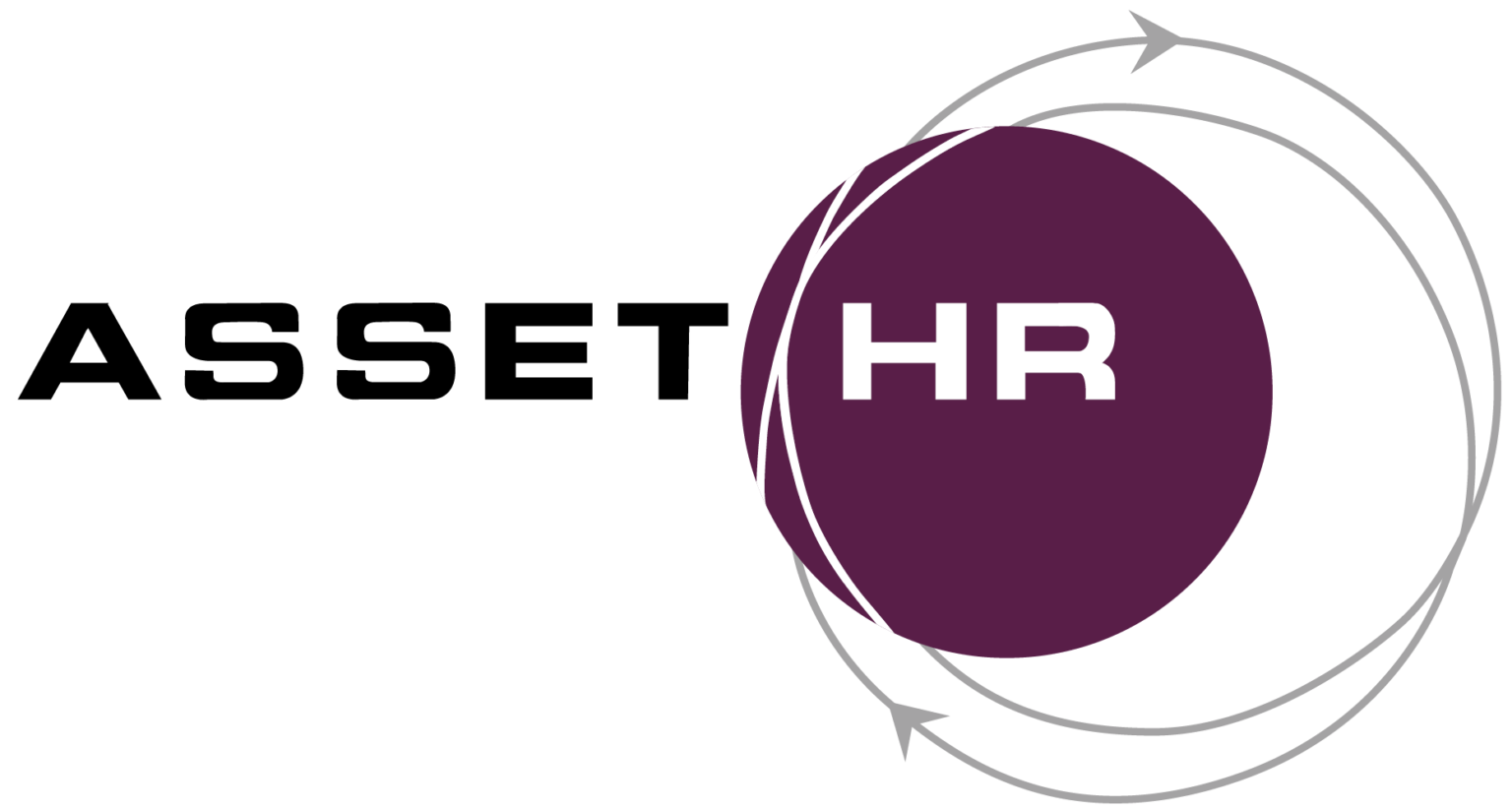Article provided by our partners at WFJ Law Firm and The Compliance Center
Minnesota Paid Leave is state-run insurance program that provides eligible employees with partial wage for qualifying medical and family reasons. The program is funded through premiums paid by both employers and employees. Essentially all private and public employers in the State of Minnesota (“State”) are required to participate in MN Paid Leave and generally do not have the option to opt out of the program. Employers, however, may offer an equivalent private plan—through an insurance carrier or a self-insured plan—instead of participating in the state-run program. The private plan may offer only medical leave, only family leave, or both medical and family leave. A private plan must offer coverage to employees for at least one year. The private plan must meet or exceed the coverage offered in the state-run program and not cost employees more than what they would be required to pay under state-run program. For example, MN Paid Leave requires 12 weeks of leave for a qualifying medical reason, which means a private plan must offer leave for a qualifying medical reason for at least 12 weeks or more. Additionally, an employee that is eligible to receive MN Paid Leave benefits under the state-run program must also be eligible under the employer’s private plan.
There are key differences between a private plan and participating in the state-run program. Under a private plan, employers are not required to submit premium payments to the State; however, employers still must submit their quarterly wage reports to the State. Furthermore, the insurance carrier (or the employer under a self-insured plan) will determine whether the employee has a qualifying reason for leave and pay benefits directly to the employee whereas the State makes those determinations and payments under the state-run program. A private insurance plan will likely expedite the process of making benefit determinations and paying benefits to employees.
The State is expecting to open the application period to submit private plans for approval sometime in July 2025, but the State has not announced an exact date. The State is in the process of building a user-friendly application and is also working to certify pre-approved insurance plans to give employers a market of pre-approved plans to purchase. In the meantime, employers interested in offering an equivalent private plan should start preparing. Private plans for family or medical leave must meet the following conditions:
- Coverage under the private plan must continue for 26 weeks after employee separation, or until the employee is hired by a new employer.
- All employees who are covered under the state-run plan must be covered under the private plan.
- Eligibility requirements cannot be stricter than those in the state-run plan.
- Weekly payments must be at least equal to those provided by the state-run plan and separate from other benefits.
- The total amount of leave available must be at least equal to the amount provided by the state-run plan.
- Job protections must be at least equal to those provided by the state-run plan.
- Costs to employees cannot be more than what their premiums would be under the state-run plan.
- For medical leave, the private plan must cover any serious health condition, or medical care related to pregnancy, that would be covered under the state-run plan.
- For family leave, the private plan must cover any care for a family member with a serious health condition, bonding with a child, active-duty military service, or any safety leave event that would be covered under the state-run plan.
- The private plan must offer intermittent leave or reduced schedules consistent with the state-run plan.
- The private plan cannot impose any additional conditions or restrictions on the use of leave beyond those in the state-run plan.
- If a leave application is filed by a former employee, the private plan must pay benefits for the full time of leave. Private plans may not cut off eligibility for a former employee during an approved leave.
Additionally, applications for an insurance carrier private plan must include the following information:(1) policy number, plan number, and insurance carrier; (2) insurance policy document; (3) coverage effective dates (must cover one full year); and (4) payment: (i) a nonrefundable fee of $250, $500, or $1000 will be due depending on employer size, and (ii) a processing fee that varies based on payment method. For self-insured plans, an employer must obtain a surety bond to guarantee leave payments can be covered, and the value of the surety bond must be equal to the total annual premiums for the employer and its workforce under the state-run plan (the State has published a premium calculator for employers to estimate their premiums under the state-run plan on the MN Paid Leave website).
After obtaining an approved private plan, employers must provide notice to their employees about coverage under the private plan that must include the following information:
- An affirmation that the private plan gives employees all the same rights, protections, and benefits provided to employees under the state-run program, such as:
- benefits under MN Paid Leave (specifically, Minn. Stat. § 268B.04); and
- employment protections, rights, and remedies under MN Paid Leave (specifically, Minn. Stat. § 268B.09);
- The effective date of the approved private plan;
- A description of the private plan’s wage replacement benefits;
- A description of the private plan’s leave and employment protection benefits;
- A description of the process to determine employee eligibility;
- A description of the process to calculate and collect employee contributions;
- The employee’s appeal rights; and
- The employee’s optional alternatives to appeal a benefits determination to the private plan administrator, if such alternatives exist.
Employers must provide this notice to employees within 30 days from the employee’s first day of employment, or 30 days before premium collection begins, whichever is later.
Employers with a private plan must also maintain data related to an employee’s paid leave benefits securely and, to the extent possible, separately from the employee’s other employment records. Employees have the right to access their private plan claim information upon request and at no cost. Upon receiving such a request from an employee, employers must provide the employee with copies of all documents, records, and other information relevant to the employee’s claim for MN Paid Leave benefits within 10 business days after receiving the employee’s request.
Employers offering an equivalent private plan alternative may provide a cheaper alternative than participating in the state-run program and possibly expedite the process of making benefit determinations and paying benefits to employees. MN Paid Leave is an evolving and complex law. WFJ is here to help. Please let us know if you have any questions.

